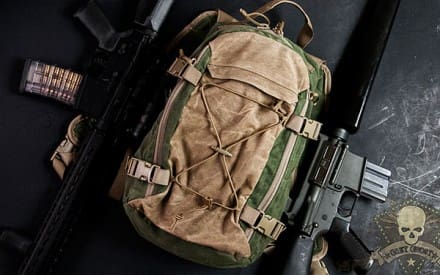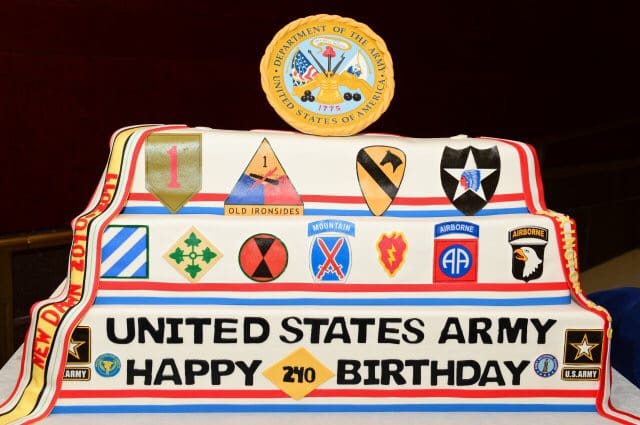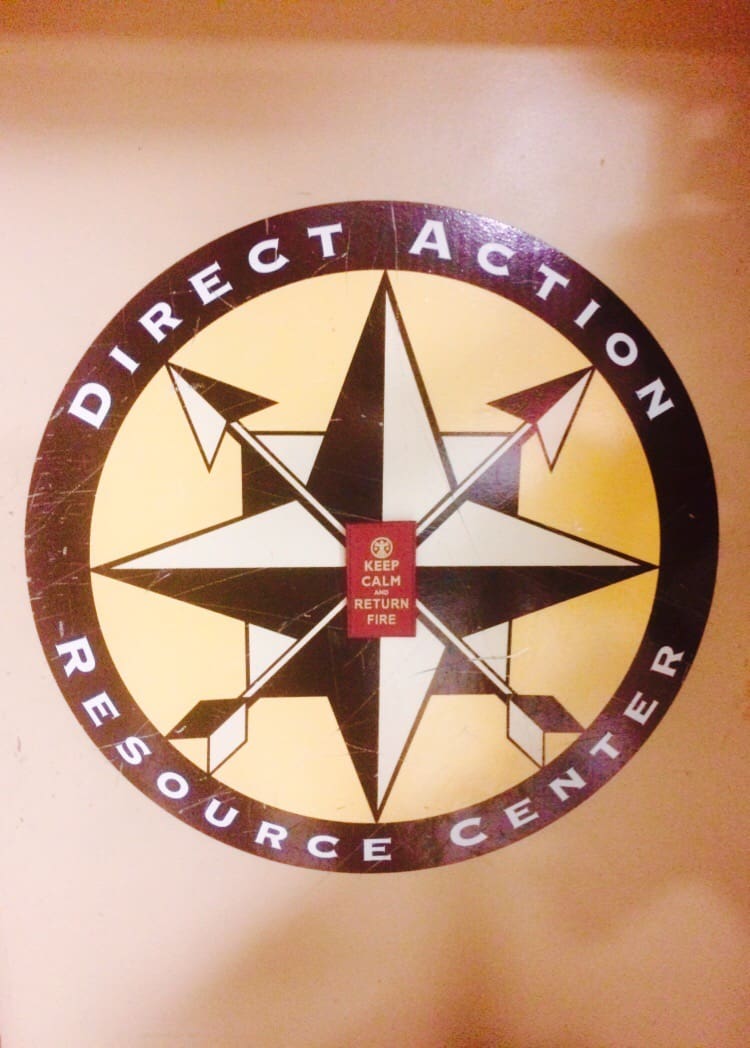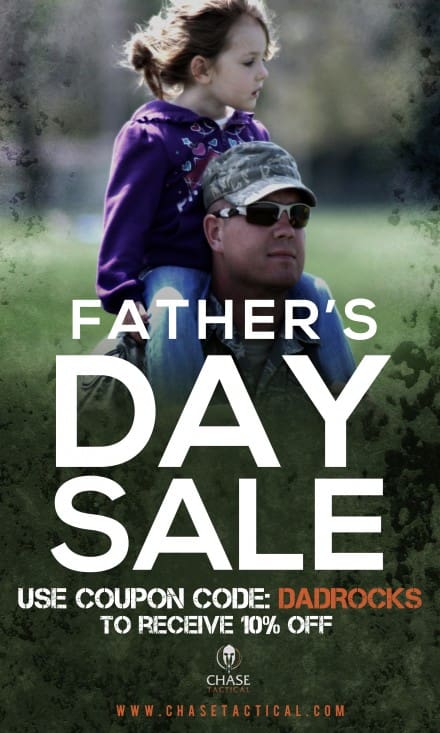One of the most interesting things that I continue of learn as I study real world shootings is the fact that the degree of difficulty is not particularly high. Most shootings/shootouts require pretty straight forward skills. Running, jumping, rolling and other antics that are popular in the movies rarely come into play for real. Most of the time, it’s just a simple matter of alignment and trigger press. Ranges are rarely more than 10 yards, as a rule more like 5 yards being pretty common. Lighting conditions will be low, but there is usually enough light to see your target and align the gun. The key is get through the Vision-Decision-Action process. Most of us make most of our decisions based upon what we ‘see’ aka the ‘threat’, next comes making a decision to react. And finally, we must act out the ‘action’ phase. For most people the decision phase is the most time consuming part of the equation. Most of us can visually recognize a problem is less than a second. If you have trained and practiced fighting skills, you know about how long it takes you to react and land a punch or kick, or present your weapon and fire an accurate shot, or two, or three. We practice until we have these skills down smooth and consistent.
What I cannot teach or prepare anyone for how long it takes them to make the ‘decision’ to react. One system often recommended is the practice of visualization, where you mentally think your way through an attack and plan your response. Not a bad plan, but it does not help much if you get locked into that, ” I can’t believe this is happening to me” syndrome. How much time should you use in the action phase of the equation. I like Jim Cirrillo’s answer, “take whatever time it takes to make the shot”.
In a shootout nobody will have to shout out ‘shoot faster’ to make you pull the trigger quicker. More likely the best advice is slow down and get good hits. Most people are reluctant to carry out an act that results in the death of another; once you have killed someone else in a self-defense situation, this taboo seems to diminish and more so with each similar event. Most street criminals have an advantage here based upon their experience with violence. You must accept the fact that life threatening events can happen to you. It is a dangerous world, always has been. Love thy brother sounds nice, but history tells us that this is pretty much a fantasy.
So, if you choose to arm yourself and learn to use a weapon, go about it in a rational manner. Seek good valid training, practice to achieve a degree of skill that gives you confidence, and most important remain aware of your surroundings. If someone threatens or starts calling you names, leave the scene quickly if you can. Don’t yell or get into a shouting contest. Don’t pull your gun and start waving it around. Do not assume that presenting a firearm with cause the problem to go away. Understand that if you do use your weapon, your life will change. Not just a little bit, but a lot for the near future.
Even though much of shooting competition requirements makes heavy demands on shooting skill, this is not reflective of real world actions. It is merely a requirement to make matches more demanding of the better shooters so they can be tested of their marksmanship skills. Don’t make your self defense skills reflective of what the requirements of a shooting match dictate. When was the last time you shot a match that reflected the events of real world encounters? Most provide scenarios, like 5 to 6 targets, sometimes even more. Running and reloading in the open toward the targets? Keep your training and practice real. Games are fine, but recognize what you are really preparing for. You are what you practice; don’t forget it.
– Ken Hackathorn
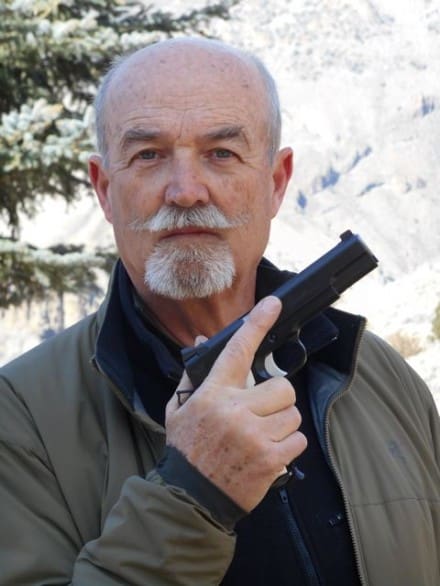
Ken Hackathorn has served as a US Army Special Forces Small Arms Instructor, Gunsite Instructor, and NRA Police Firearms Instructor. He is currently an FBI Certified Firearms Instructor, Certified Deputy Sheriff with Washington County SO, Ohio, and a SRT member and Special Response Team trainer. Ken has trained US Military Special Operations forces, Marine FAST and SOTG units and is a contract small arms trainer to FBI SWAT and HRT.
Ken has provided training to Federal, State, and local law enforcement agencies and been active in small arms training for the past 25 years. He has written firearms related material for Guns & Ammo, Combat Handguns, Soldier Of Fortune, and currently American Handgunner and contributed to at least six other gun/shooting journals. Ken was also a founding member of IPSC and IDPA.
To see Ken’s Training Class Schedule visit aliastraining.com.
Gunfighter Moment is a weekly feature brought to you by Alias Training & Security Services. Each week Alias brings us a different Trainer and in turn they offer SSD readers hard earned words of wisdom.


